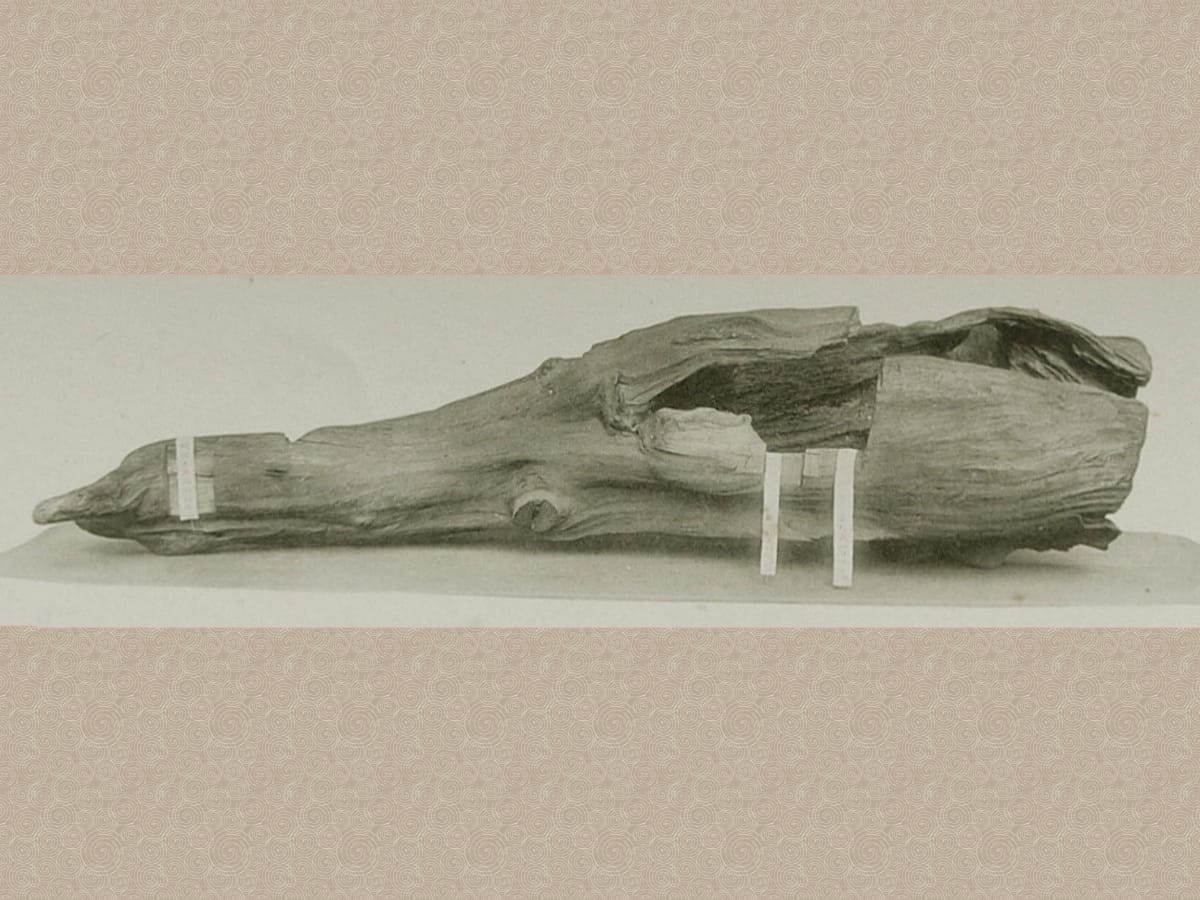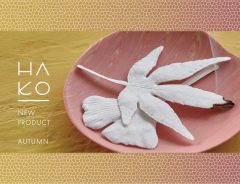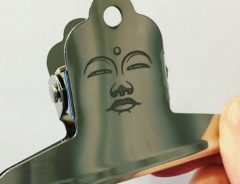
Source: Shōsōin, Public domain, via Wikimedia Commons
Ranjatai: priceless piece of aromatic wood is source of emperor’s most exquisite incense
Related Article
-

BEAMS JAPAN releases stylish two-toned kayari buta mosquito incense burners
-

Kōdō: the Japanese art of incense appreciation
-

Fashioning Japan’s ancient mizuhiki artform into modern accessories using the AROMA Cord
-

Historic Japanese incense makers’ leaf incense line adds maple, holly & more for fall & winter
-

Strangely Cute Japanese Great Buddha Paperclips Put A Holy Clamp On Your Important Files
-

Nissin’s proposed Cup Noodle incense could provide ramen fragrance and fight off bugs


The Ranjatai (蘭奢待) is one of Japan's great hidden national treasures, a priceless piece of aromatic agarwood that is the source of the emperor's most exquisite incense.
The Ranjatai is well over 1000 years old. It was a gift from the Chinese emperor to his Japanese counterpart, Emperor Shōmu (AD 724-748). It is known to be over 150 cm in length, somewhere between 21 cm and 42 cm in diameter, and to weigh 11.6 kg.
Agarwood is a high-quality aromatic resin that is produced when aquilaria trees become infected with a specific kind of mould. The highest quality agarwood is called kyara 伽羅, or eaglewood.
With just a little heat, the Ranjatai starts to emit its legendary aroma. It is said to have a pungent fragrance that strikes a perfect balance between bitterness and gracefulness.
Shōsō-in imperial warehouse in the grounds of Tōdai-ji Temple in Nara. | z tanuki, CC BY 3.0, via Wikimedia Commons
The Ranjatai is held in Shōsō-in (正倉院), an imperial warehouse in the grounds of Tōdai-ji Temple (東大寺) in Nara. Shōsō-in is a veritable treasure trove of imperial artefacts. It holds exquisite examples of fine arts and crafts, including some of the imperial family’s favourite articles. The vast majority of the holdings date from the 8th century, but there are some Heian-era pieces in there too.
The name Ranjatai is, in fact, tied to the name Tōdai-ji, in a clever kanji play on words. As you can see in the graphic below, the characters 東大寺 are contained within it. Moreover, the three kanji in Ranjatai 蘭奢待 are said to convey the message: "A brash, indulgent samurai will surely want it."
Outside members of the imperial family, only a handful of people have ever savoured the legendary aroma of Ranjatai. One was the Heian era warrior-poet Minamoto Yorimasa. Another was shogun Ashikaga Yoshimasa, though in his case, he was not officially given a piece – he took it by force in 1465.
At least Oda Nobunaga (1534-1582), the powerful Sengoku period daimyo regarded as the first Great Unifier of Japan, had the decency to ask the emperor’s permission to cut himself a slice of the wondrous wood.
Sculpture of the young Oda Nobunaga on horseback in Gifu Park, Gifu City, Gifu prefecture. | Soramimi, via Wikimedia Commons SA CC 3.0
The emperor duly granted him his wish, and on March 28th, 1574, the doors of the Shōsō-in warehouse were opened for him. Nobunaga cut himself a 5 cm-long piece, and a few days later, he held a tea ceremony at Shōkoku-ji Temple 相国寺 in Kyoto.
There he showed off his precious piece of aromatic wood to his guests. He placed small pieces of it on a fan, which he presented to Tsuda Sōgyū 津田宗及, a wealthy merchant from Sakai 堺 (a port city just south of Osaka), and Sen no Rikyū 千利休, the renowned tea ceremony master.
Receiving an imperial treasure from Shōsō-in was unthinkable for a mere merchant, no matter how much wealth he had. In making gifts of his piece of the Ranjatai, Nobunaga demonstrated his power and prestige to the wealthy merchants of Sakai. In so doing, he was able to bring them to their knees, impressing upon them that he was indeed the ruler of all Japan.
A piece of kyara, the highest grade of agarwood. | Agarwood for Life / © Flickr.com CC by SA 2.0
It is remarkable to think that a smelly old piece of rotten wood could bring peace to a country riven by fighting between rival warlords, but such was the power of the Ranjatai.
If you’re wondering how you can get your hands on a piece of agarwood, be warned – it ain’t going to be easy. Aquilaria, the tree that is the source of agarwood, is an ever-green tree native to Southeast Asia. After indiscriminate logging, it has been listed under the Washington Convention as a potentially threatened species.
High-quality agarwood incense is commercially available in stick form, but it is very expensive. Eaglewood, the variety of agarwood from which high-grade kyara is made, is nigh on impossible to find.
The only consolation prize is that the public is occasionally given the opportunity to see the Ranjatai. Every year, just before the onset of autumn, about a tenth of the items in Shōsō-in are selected to go on exhibition for two weeks.
Most of the items in the imperial warehouse are exhibited less than ten times per century. Before its re-appearance in 2011, the last time the Ranjatai was exhibited was in 1996. Unfortunately, it was displayed in a sealed glass showcase - a classic case of "Look, don't sniff."